Last Updated on February 19, 2024 by Grant
Throughout our four weeks in Italy, we encountered quite a few differences from life in the United States. We expected this to be the case and were not surprised, but it is still interesting and, at times, confusing.
Many of these tips are things that we figured out within the first week or so and got used to. Some ended up being somewhat regional, though most were the same everywhere we went, with a few minor differences.
Hopefully, these tips will help you as you prepare and arrive so that the first few days aren’t too confusing.
(Disclaimer: When we link to places where you can buy our stuff or places we stayed, we are using special codes that earn us commissions on the sales at no additional cost to you. Please see our Review Policy for more information.)
Don’t Stress if You Don’t Know Italian
From all the research we did, we knew that we would survive just fine without speaking Italian. Actually, it was even easier than I ever imagined. Many important signs are written in both Italian and English. Many exhibits at museums are in both languages.
We did occasionally see French and/or German as well, but English is typically the second language if there is one. If an exhibit, sign, or announcement is only in Italian… Well, we tried to figure out a few words at least, but otherwise, just moved on. Yes, there is Google Translate, but typically it just did not seem necessary.
Most everyone we encountered spoke enough English for us to communicate, especially mixed with the few Italian words we knew and learned along the way. Italians generally know at least enough English to communicate what their business is about (in restaurants, ticket offices, etc.) even if their English doesn’t extend much beyond that.
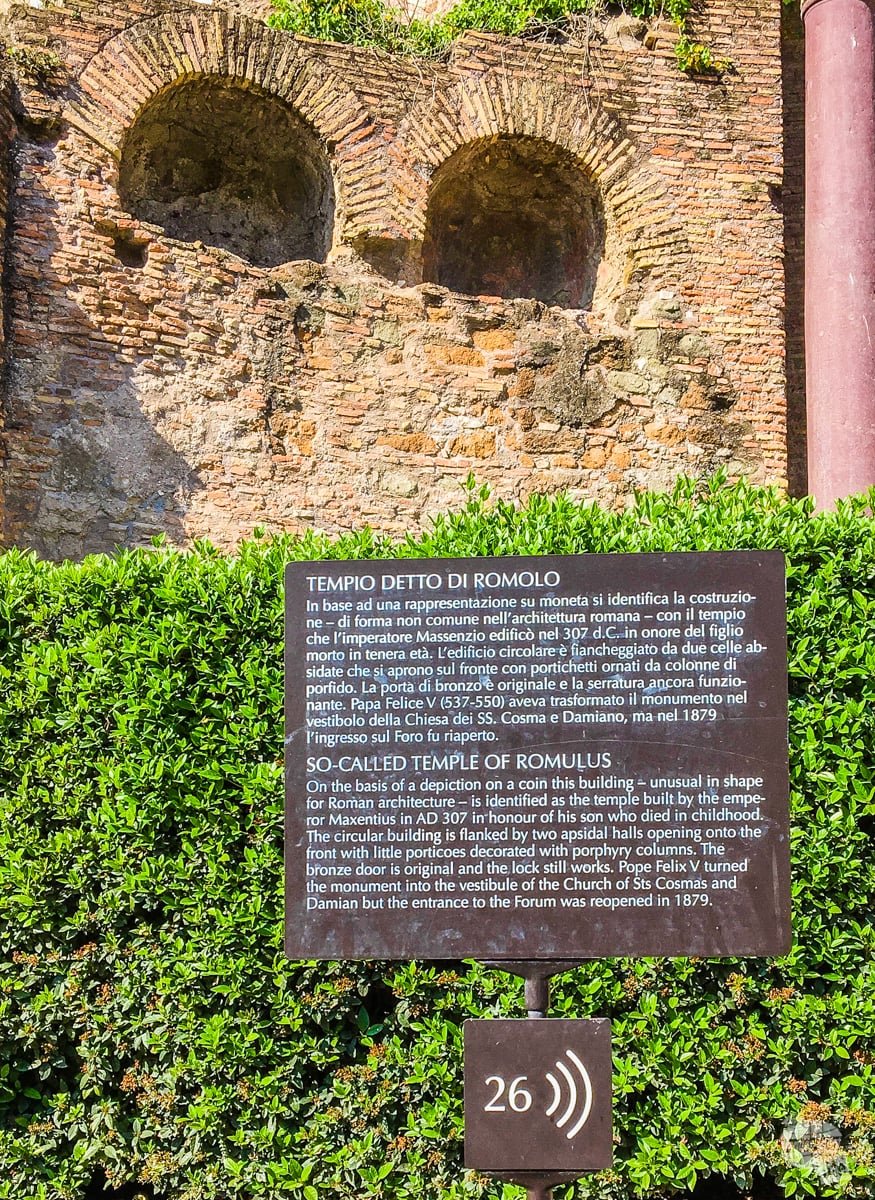
Thankfully, no one complained or got angry with us for not speaking the language. We did our best with a few words here and there, but ultimately we had to communicate in English and the locals did so willingly. Yes, we are extremely appreciative of this!
Bottom line, if you at least attempt a few words in Italian, it will generally be enough to get you started and to show the locals that you are trying.
Money and Currency
Italy uses the Euro, like most (but not all) of the European Union countries. If you are also traveling to other countries in Western Europe, you will likely use the Euro throughout. Be aware, though, that several Eastern European countries still use their own currency. Just a heads up since many people visit multiple countries when traveling to Europe!
Carry Cash (but Not Too Much) and be Prepared to Use an ATM
We knew we would need to carry cash on us at all times and were prepared for small businesses, especially in smaller cities, to not accept credit cards. We found that even in big cities there are plenty of places, including museums and other attractions, that accept cash only.
Our advice: find a bank that does not charge ATM fees and reimburses any fees that are charged by other banks. For this, we have a checking account with Schwab Bank.
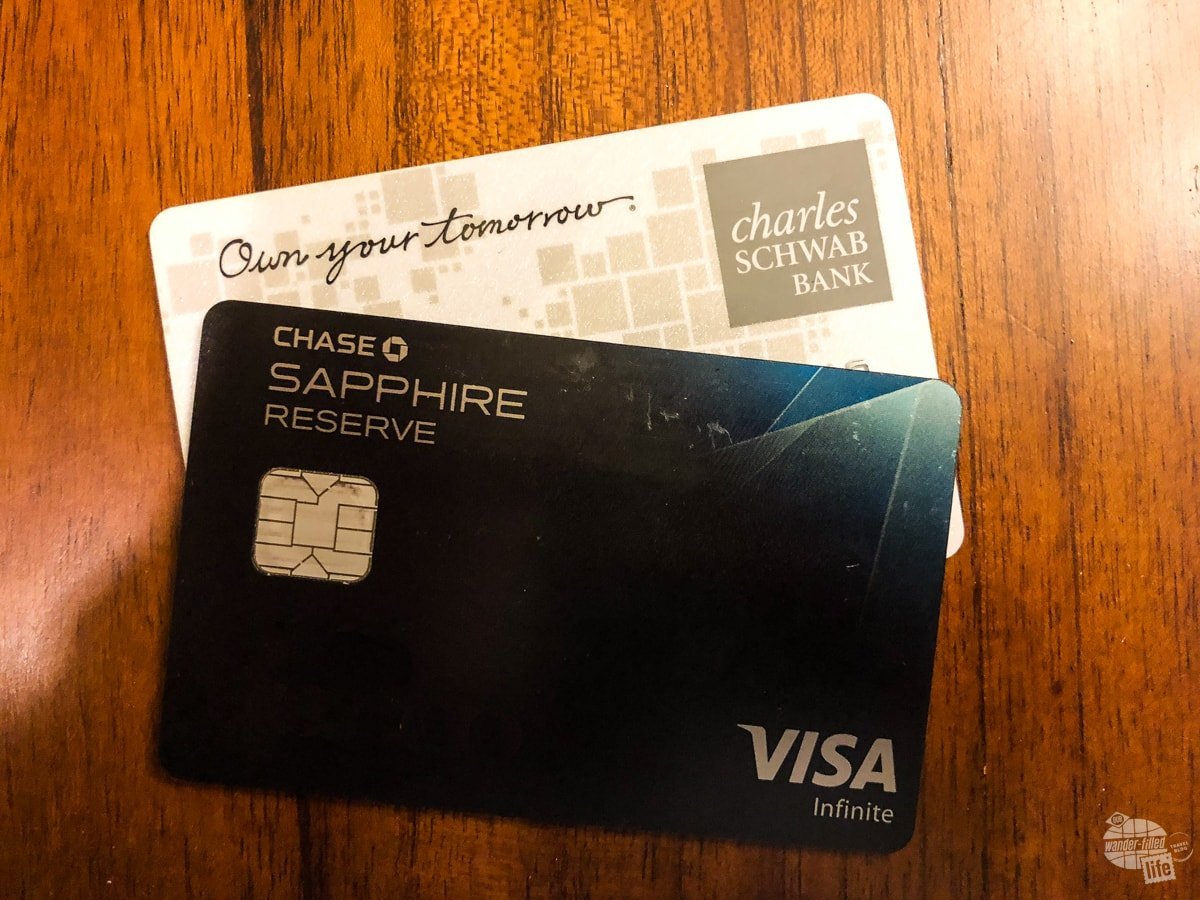
While there are a few Schwab Bank branches in the US, we do all of our banking online. We have now done this for years and we absolutely love it! Yes, we do have an account at our local credit union and do have to use it occasionally. If the idea of online banking scares you, check with the local banks where you live. There are a few that have this same no ATM fee policy.
By not having to worry about ATM fees, we were able to take out a relatively small amount of money at one time, reducing any fears of being robbed or otherwise losing cash. Yes, it sometimes meant going to the ATM often, but they are easy to find, so that was not an issue for u. I certainly would rather go to the ATM more often than worry about keeping several hundred dollars safe and secure.
ATMs in Italy are very easy to use and function much like ATMs in the US. Every single ATM we have ever used in Europe had an English language option.
Understand the Euro Notes and Coins and be Prepared to Carry Coins
The best part about the ATMs in Italy is they almost always give you more than one denomination! If you are getting out €200-300, you will typically get 50s, 20s, 10s, and maybe even a couple of 5s. It is always nice to have a good mix of bills right out of the machine, unlike the US, where you typically only gets 20s.
The smallest Euro note (paper money) is €5. There are €1 and €2 in coins only. They also have 50, 20, 10, 5, and 1 cent coins. This means you will end up with a good amount of coins to haul around because they are actually valuable!
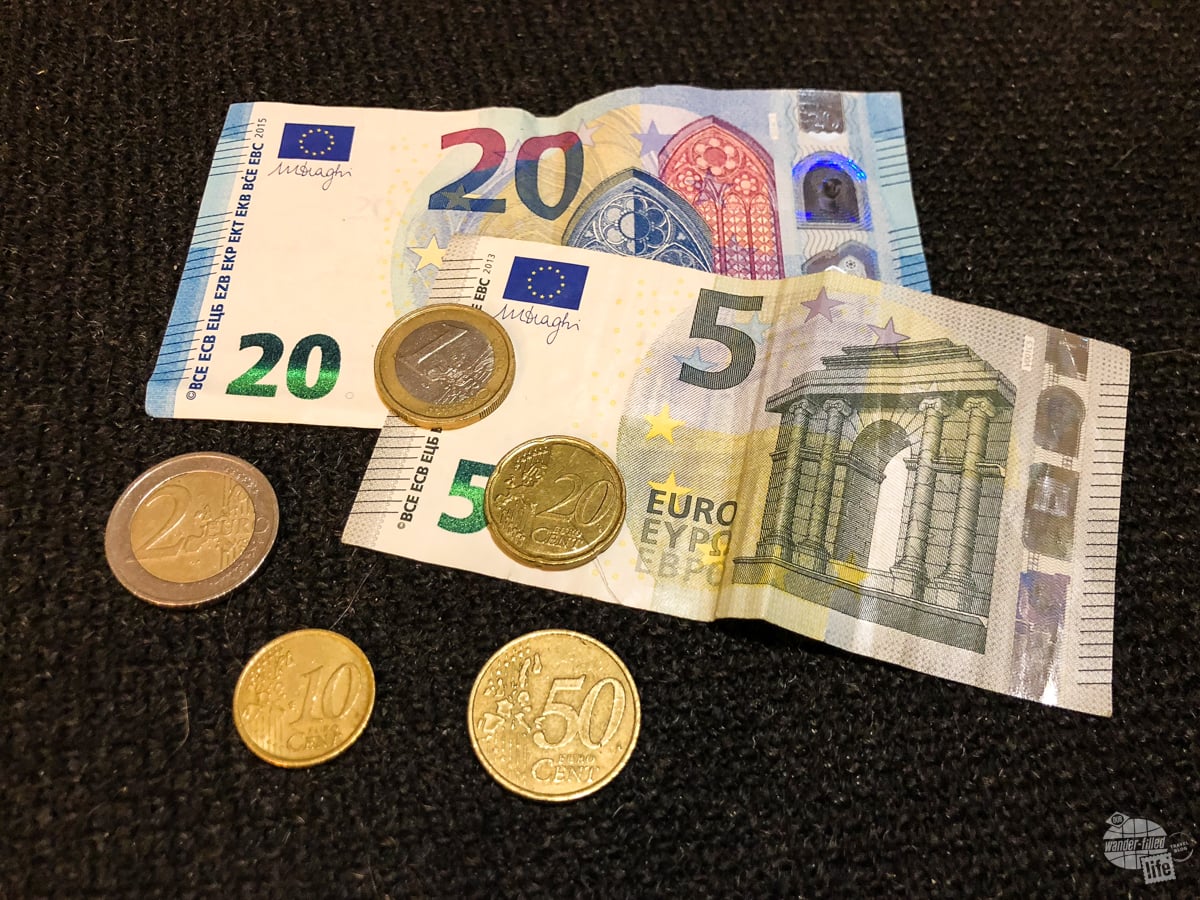
Interestingly, the one-cent and five-cent coins are almost worthless in that very few things end with any cents at all; most prices are full Euro amounts. Most of the things that do have cents are in multiples of 10. I think we were in Italy for about two weeks before we realized that the one-cent and five-cent coins even existed!
Just like US coins, the Euro coins do each have their own color, size and emblem. It will take a little while to get used to what each looks like, so check them carefully when paying and getting change.
Plan Ahead for Credit Card Use
While you will use a lot of cash, many places do accept credit cards. Europe adopted the now-standard credit card chip long before it was in the US. Thus, when we first traveled to Italy in 2013, we had just gotten one of the first chip-enabled cards, which was a lifesaver.
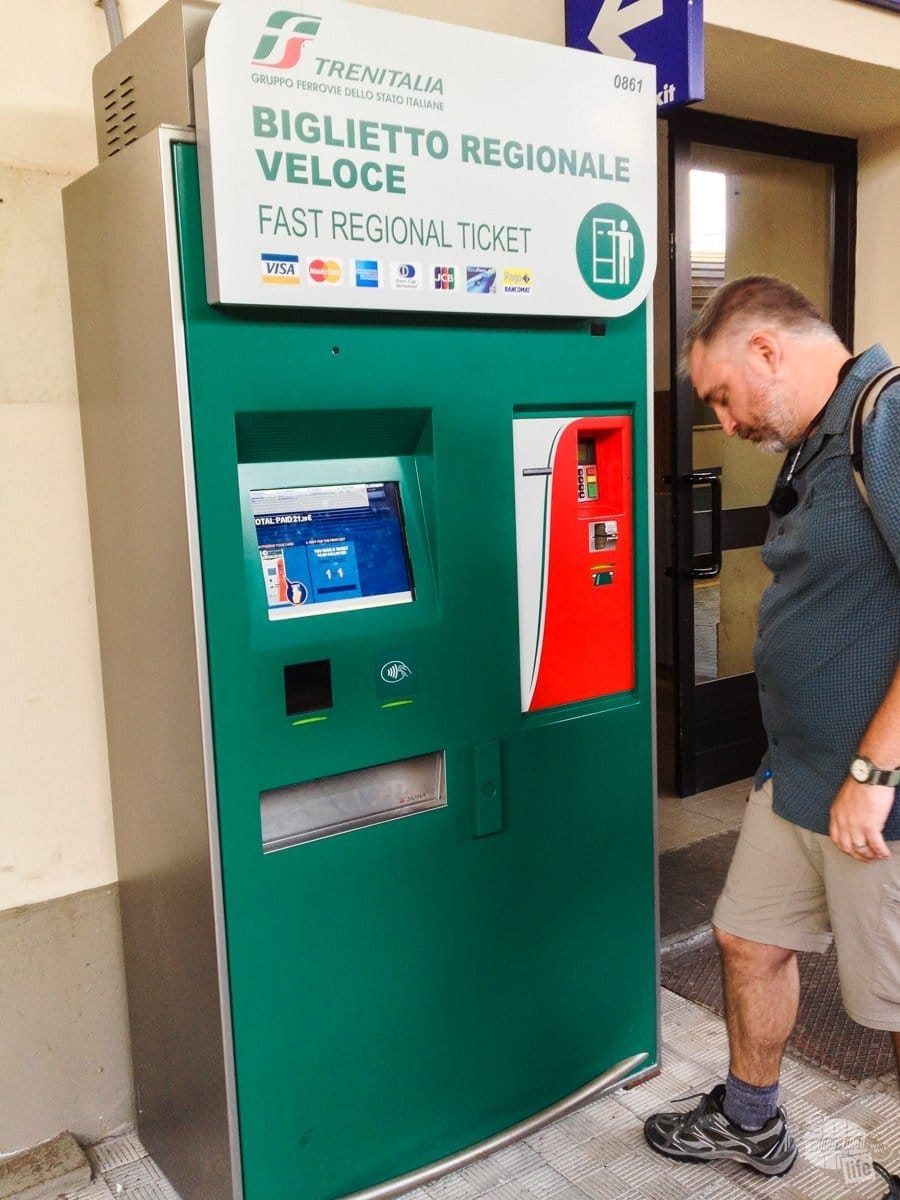
Now that chip cards are the standard in the US, this is less of a concern when traveling to Italy (or anywhere in Europe). What you do need to be aware of, however, is that Europe typically uses a “chip and pin” card rather than the “chip and sign” cards in the US.
We generally did not have problems with this. Most places were able to just print out a receipt for us to sign. But, be aware that there could be some places where this is difficult, especially with automated machines. I do not think that this is anything you need to stress out about, but we do want to make you aware of the possibility.
The bigger concern with using credit cards is to be sure you have a card that does not charge foreign transaction fees. There are many of them out there, so check the cards you already have.
If you need to, get another card specifically for use overseas. There is seriously no reason to pay a foreign transaction fee when using a credit card.
For more information on finances when traveling, check out this article.
Be Prepared for a Lot More Smokers Than in the United States
The percentage of folks that smoke in Italy is MUCH, MUCH higher than in the US. For us, as non-smokers, it is very annoying. I, honestly, have no idea what the rules are about where you can and can’t smoke.
What I do know is that pretty much anywhere you are, you should be prepared for someone to be smoking near you. We did our best to avoid it, but it is difficult.
Going along with that, we did see a good number of folks rolling their own cigarettes. They always seem to do it very efficiently and with ease. I have to say that while I hate being anywhere around the smoke, it is kind of fascinating to watch someone roll a cigarette.
Food and Drink
Food and drinks are definitely one of the highlights of Italy…pasta, pizza, gelato, wine…the list could go on forever! You should certainly be prepared for lots of good food and for your pants to be a little tighter when you return home.
Meals
For breakfast, expect croissants and other breads, jam, yogurt, coffee and cold cuts. Yes, you will likely have sliced meats and cheeses on the buffet for breakfast. A few hotels attempted to prepare eggs and/or bacon, but not very successfully. In fact, it was usually crepes and pancetta.
A quick and inexpensive lunch can be found at a roadside stand. Typically you will see lots of sandwiches lined up in a window; just point to what you want. Most of the time, these sandwiches will be some sort of pork, but you will occasionally find chicken as an option. These are great if you are on the go or want to enjoy lunch in the park while people watching!
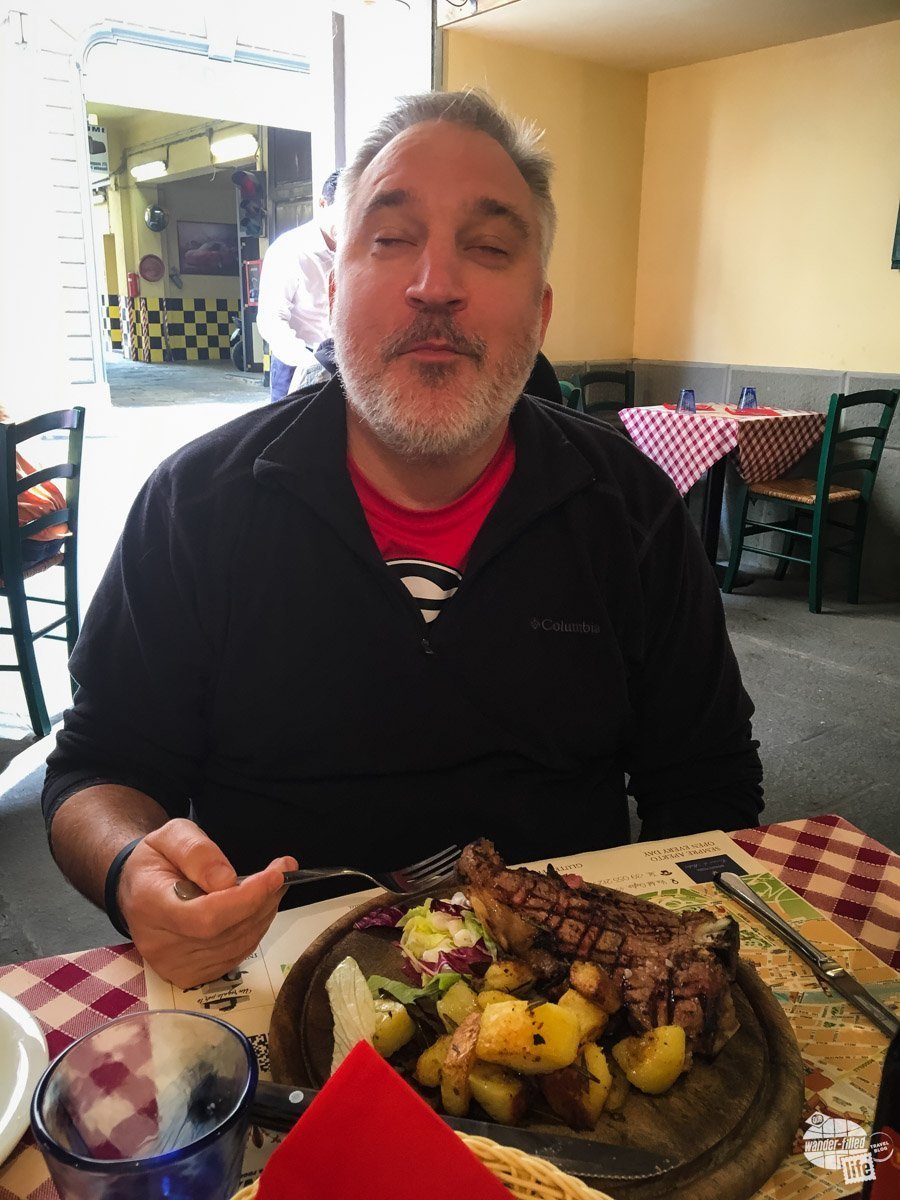
If you want a sit-down meal, a trattoria is typically less formal than a ristorante. At a trattoria, you’ll likely find pizza, pasta and maybe a few sandwiches and salads. A ristorante is a good choice for a nice dinner. Here is where you will find a plated meal that you would expect in the US.
One of Grant’s favorite Italian meals is Bistecca alla Fiorentina, Beef Florentine, a Tuscan specialty. Get it if you can, but expect it to be served rare. Our favorite Roman dish was Cacio e Pepe Pasta, a basic sauce of cheese and pepper that really lets the fresh pasta shine through.
Drinks
If you are looking for a drink, any kind of drink, you will want to go to a bar. Bars will serve coffee (well, espresso), soft drinks, alcohol and sometimes some light snacks. Yes, it is perfectly acceptable to go to the bar at 8:00 in the morning, because that is where you will find the coffee!
Speaking of coffee, if that is what you want, get an espresso. You will sometimes find “American coffee” on a menu, but it probably won’t be any good. Cafe macchiato is an espresso with a bit of milk. That is about as fancy as you will find in Italy without going to an actual Starbucks.
You can find good wine just about anywhere. A good beer is a little bit more difficult, but not impossible. Water will always be bottled, and you will need to specify “still” or “no gas” unless you want sparkling water.
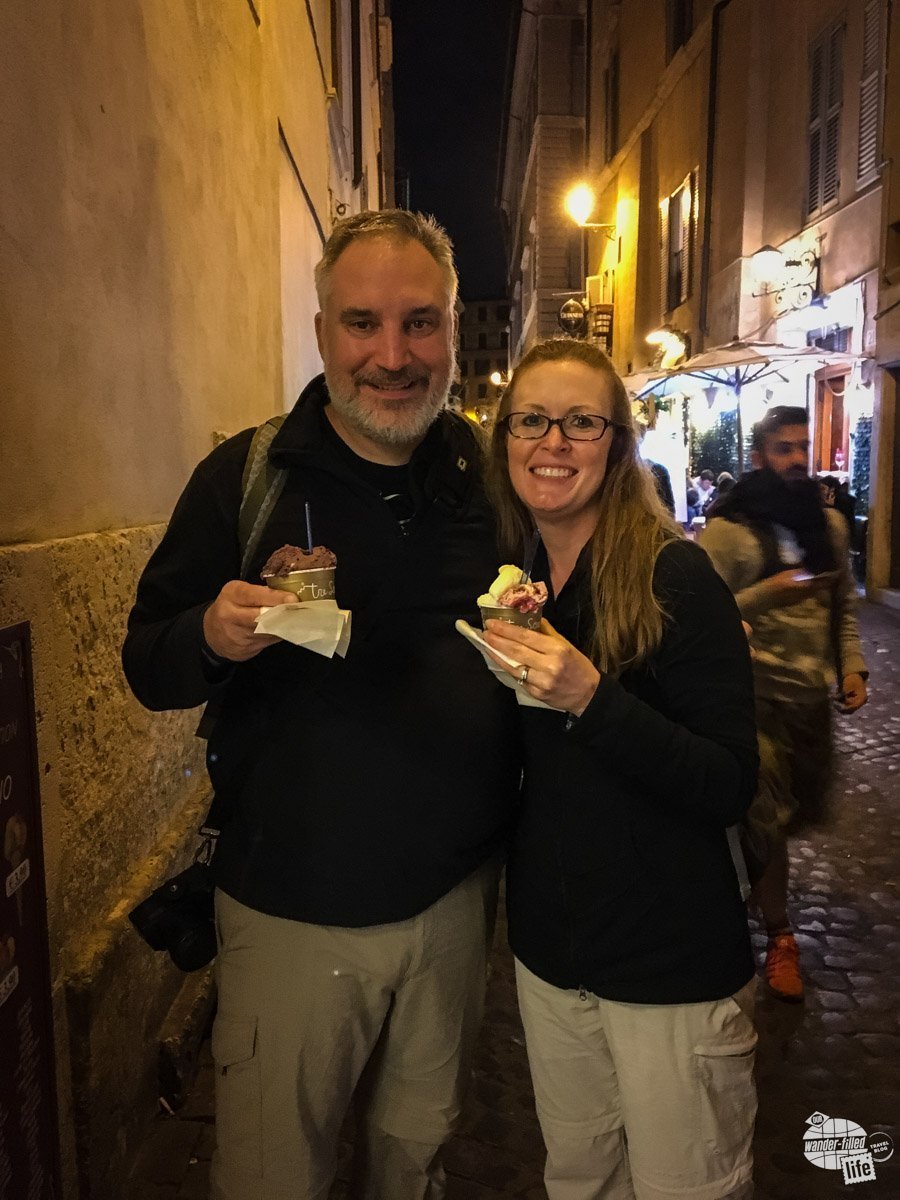
Coca-Cola is the soft drink that is most readily available. Coke Light (Diet Coke) and Coke Zero are also fairly common. Do not expect a fountain drink with unlimited refills.
Drinks are generally served from a can or bottle, but with a glass for you to pour into. Don’t expect ice, though you will probably get some if you ask.
Service and Tipping
When eating out, know that the level of service is not going to be the same as in the US. You will likely have an empty glass at some point, you will not be checked on every 10 minutes and you will probably have to ask for your check when you are ready to go.
The plus side is that you also are not expected to leave a 15-20% tip. In fact, we tipped very rarely in Italy. We are certainly not the experts here, but read enough information that we felt it was not necessary, nor expected. Servers are paid a “normal” wage and are not expected to “make up” the difference through tips, as they are in the US.
If you do feel like you want to tip, check to see if a service charge, “servizio,” or cover charge, “coperto,” has already been added. This is standard in some trattorias and ristorantes, especially if you are sitting outside. A small tip for exceptional service is ok but rounding up to the next Euro is generally enough.
Slower service, without the expectation of tipping, does lead to a more enjoyable and relaxed meal. In Italy, eating typically is an event to be enjoyed, which we often did. Sitting outside, people watching, enjoying the good food and wine is a great way to end the day!
Expect Electricity Efficiency
Apparently, electric costs in most of Italy are fairly high. I am not sure why that is, or how it compares to the US, but it has become clear to us that there are a decent number of electrical efficiency efforts here.
Many of our hotels required that you insert your room key into a slot inside the room to activate everything electrical. This is not difficult to do, and actually makes finding the key much easier when you are leaving. Not to mention that it is nice to just be able to remove the key and know it will turn off all the lights at once! Generally, there will be one plug that always stays active for a cell phone or computer charger.

So, if you walk into your hotel room and can’t get the lights to come on, look for a slot just inside the door for the key card to go in. This should activate the lights and electrical outlets.
Additionally, many hotels have a switch on the window that connects to the air conditioner. Basically, the AC will only work if the window is completely closed. Again, a nice touch!
Finally, we saw quite a few hallway lights or other “public” lights set to a motion detector. Don’t be alarmed if you are walking towards a dark hallway; chances are the lights will come on once you get closer.
Overall, I commend Italy on the steps they’ve taken to reduce electrical “waste” and think that we could easily adopt a few of these ideas in the US.
Be Careful with the Window Shutters
Just about every hotel window will have shutters that actually close, and are not just decoration on the outside. We saw quite a few that were electric (or on a cord) that rolled up & down, kind of like a rolling garage door.
These types of shutters provide GREAT coverage when closed completely, meaning the room is pretty much pitch black even in the middle of the afternoon. This is great for sleeping or keeping the sun/heat out. But…if you are expecting to wake up at on your own as the sun starts streaming in, it won’t happen! Basically, if you have this kind of shutters, don’t close them all the way if you want any sunlight the next morning.
Other shutters are more “normal,” in that they are slatted and swing out horizontally. These are good, but not as good at keeping out the light. Additionally, they are sometimes difficult to latch closed or keep open. Many of these will have curtains or some other layer to keep it dark, but not always.
Of course, windows that open are not always a thing in US hotels. We definitely enjoyed being about to get some sunlight and fresh air just about everywhere!
Bathrooms
There are so many interesting things with bathrooms in Italy…bidets, alarms, showers, squatters. Basically, expect anything when it comes to bathrooms!
Expect to Have a Bidet in Your Hotel Room Bathroom
To start, Italians love their bidets! There was a bidet in just about every hotel, bed & breakfast and even the apartment we stayed at. In fact, the only room that did not have a bidet was a handicapped accessible room, so that could have been why.
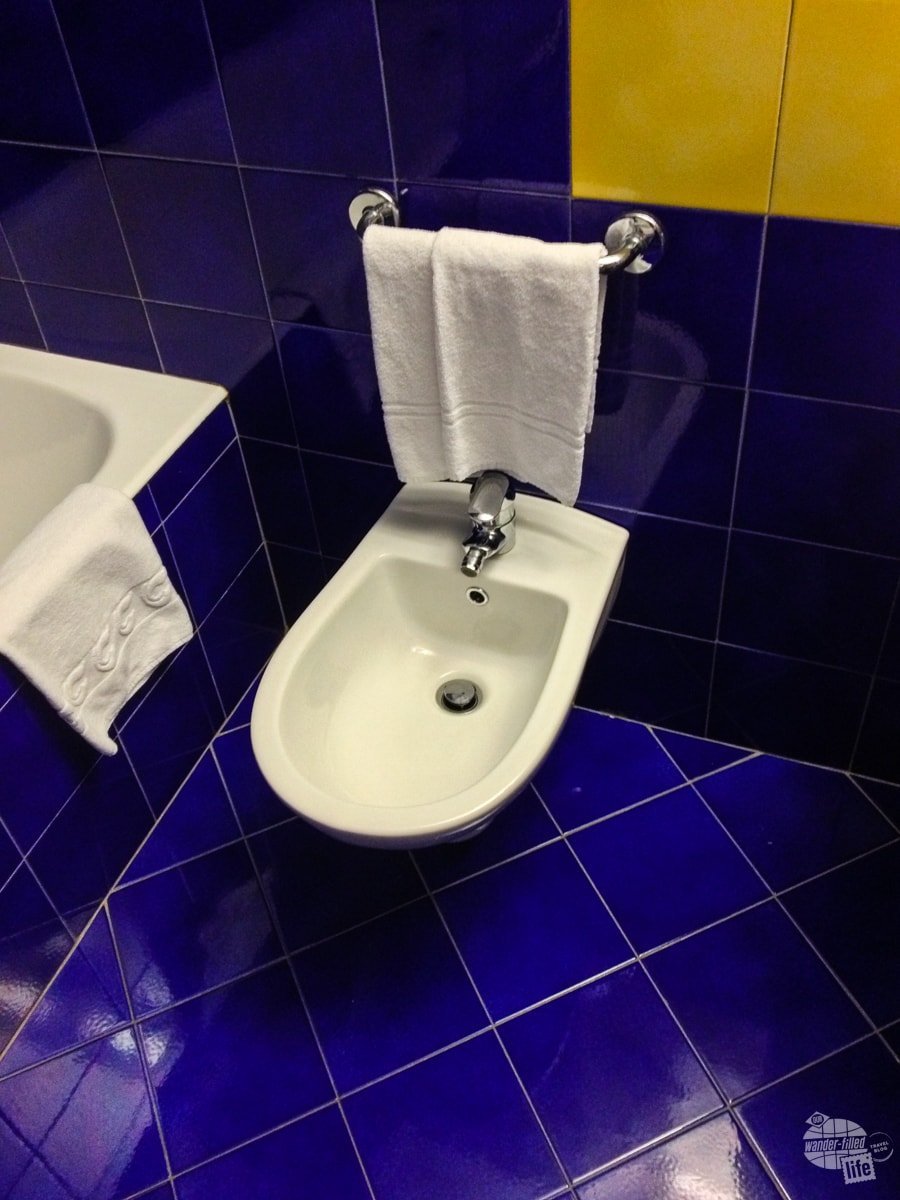
Thankfully, we did not find them in public restrooms! We have never felt the need to use the bidet, though we did Google how to, out of curiosity.
Expect an Alarm Cord in (or near) the Shower
Italians apparently are (or were) very afraid of having some type of “I’ve fallen and I can’t get up” accident in the shower. Just about every hotel bathroom had an emergency alarm cord in the bathroom, generally in the shower.
Apparently, it is a building code requirement for bathrooms to have this alarm. I suppose this sort of makes sense, considering most bathrooms are made out of tile and the showers are not always great at keeping water in (see below).
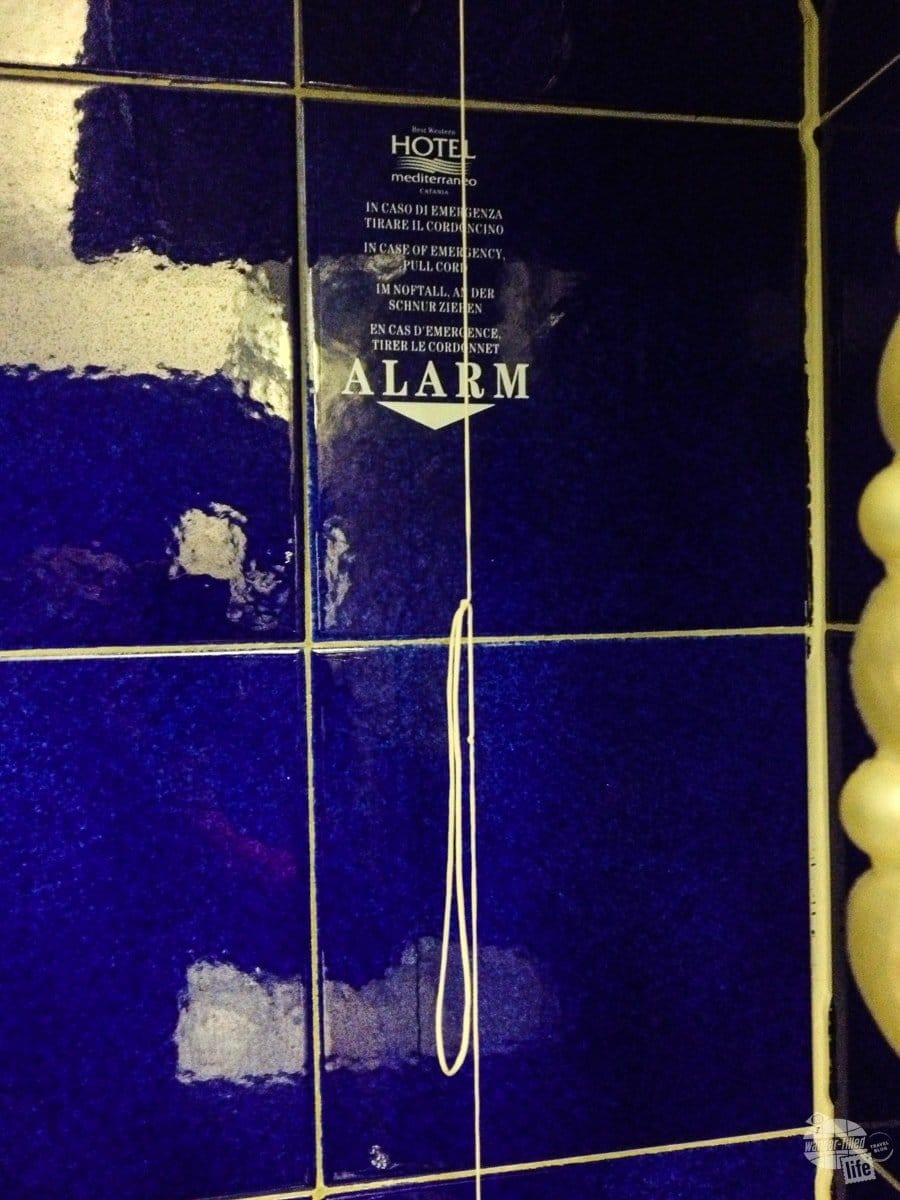
From my limited research, it appears as though someone from the hotel will respond to the alarm to see if you actually need help. As you can imagine, a random cord hanging in the shower could be intriguing to a child (or a child-at-heart), so I’m sure they get plenty of false alarms. Thankfully, we never needed the alarm!
There Is No Standard for Showers or Bathtubs
A good shower at the hotel was hit or miss, with most being decent.
The Airbnb we stayed at in Rome, which was an “extra room” with a family (that’s a whole other story!), was an old-school style tub that had a shower nozzle (the handheld kind), but no shower curtain! That was definitely a challenge. You basically had to sit and hold the nozzle above you. I suppose they took baths more than showers, but that is just weird for me.
All the other places had at least a “half” glass wall, rather than a standard shower curtain or door. The half wall starts at the wall by the nozzle and goes about halfway down the length of the tub. It generally keeps the water in, though it is sometimes interesting getting in and out!
We had a couple of corner showers that were barely big enough to turn around in, especially for Grant.
The handicap-accessible room we had in Venice didn’t have a shower curtain or door at all, just a drain on the floor, but that wasn’t “normal” from what the guy told us.
Virtually every shower had a handheld showerhead. I think it’s because of the way they are installed, but who knows!
Be Prepared to Pay and/or Squat at a Public Bathroom
Bathrooms in restaurants and other public places are interesting. Most are fairly normal, according to Italian standards at least, but it is clear that the cleanliness of bathrooms is generally not a top priority.

It is not uncommon to find a public bathroom that you have to pay to use, generally anywhere from 50 euro cents to €1. These are typically fairly clean, which is nice. Just make sure you always have a few euro coins on you, especially if you are like me and have a tiny bladder!
A couple of public toilets were the “squat over a hole in the ground” kind. It really is not that bad, especially since I generally “hover” in a public bathroom anyway. I imagine for guys it is not that big of a difference, though the “target” is a bit further away!
Bathrooms are a guessing game of how good or bad will it be. In general, the hotel bathrooms were something we could live with for a couple of nights, even if not ideal. The public bathrooms…. well, let’s just say that we went through a fair amount of hand sanitizer!
Technology and Gear
Let’s talk travel tech for a bit here with a smattering of gear… We made constant use of our technology in Italy. It does sometimes take a bit of pre-planning, but it is entirely possible to use all the same electronics you do at home.
Make Sure You Have a Plug Adaptor
Yes, you will definitely need a plug adaptor. No, you probably will NOT need an electric converter.
At this point, 99% of all electronics (phones, tablets, computers, camera battery chargers) you buy are rated for 240V (European standard). In short, chances are you don’t need a converter, just a plug adapter.
- Color coded adapters make it easy to find what adapter can adapt to what country
- Breaks apart into 3 pieces (4 different adapters) that fit into 150 different countries
- The smallest and most compact universal adapter on the market
- Finding the correct plug is as simple as matching colors
- Measurement: 2.25″ x 1.9″ x 1.56″
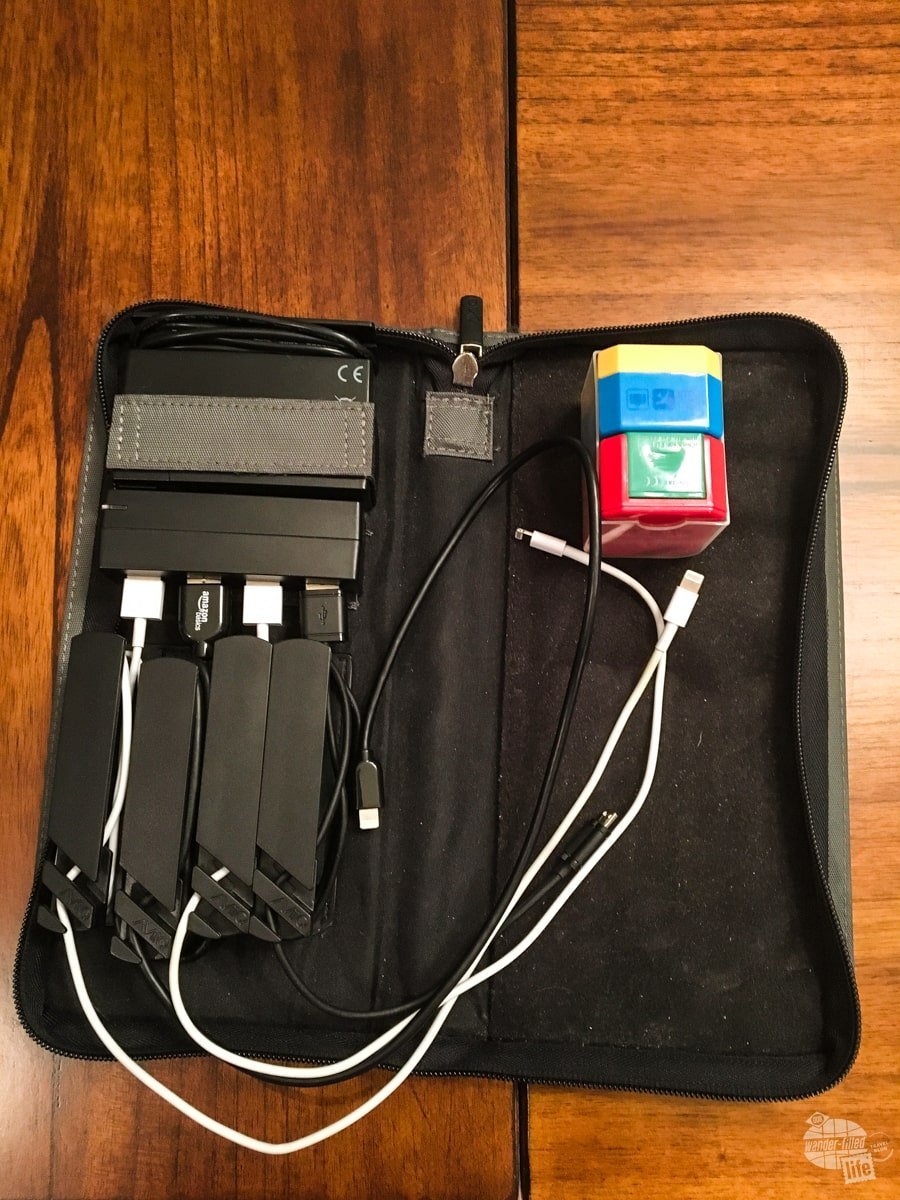
Be sure to check your electronics, though. We had a friend who ruined her breast pump by plugging it in without a converter. You can do that by looking at the plug for your device or the device manual.
Also, it is important to know that most hotels will have a limited number of electrical outlets. For our trip, we bought an Aviiq Travel Charging Station for a bit more than $50. It is basically a 4-port USB charger with a decent cable management system. This allowed us to charge two iPhones, an iPad and a Kindle off of one plug.
Over the years, this charging station has been with us on every trip, whether it is to Europe, on a cruise, or just to visit family for a weekend. We seriously never travel without it. The newest version of the charging station comes with a battery pack, making it even more useful!
Know How to Use Your Phone
In 2013, we used our normal iPhone 4Ss from Verizon. The Verizon part is important here. We were able, before we left the States, to have Verizon unlock our SIM card slot so it would accept a foreign SIM.
In general, carriers have gotten better about allowing you to unlock the SIM card slot for foreign travel. That said, you can always unlock a phone you own outright or financed by someone other than the carrier.
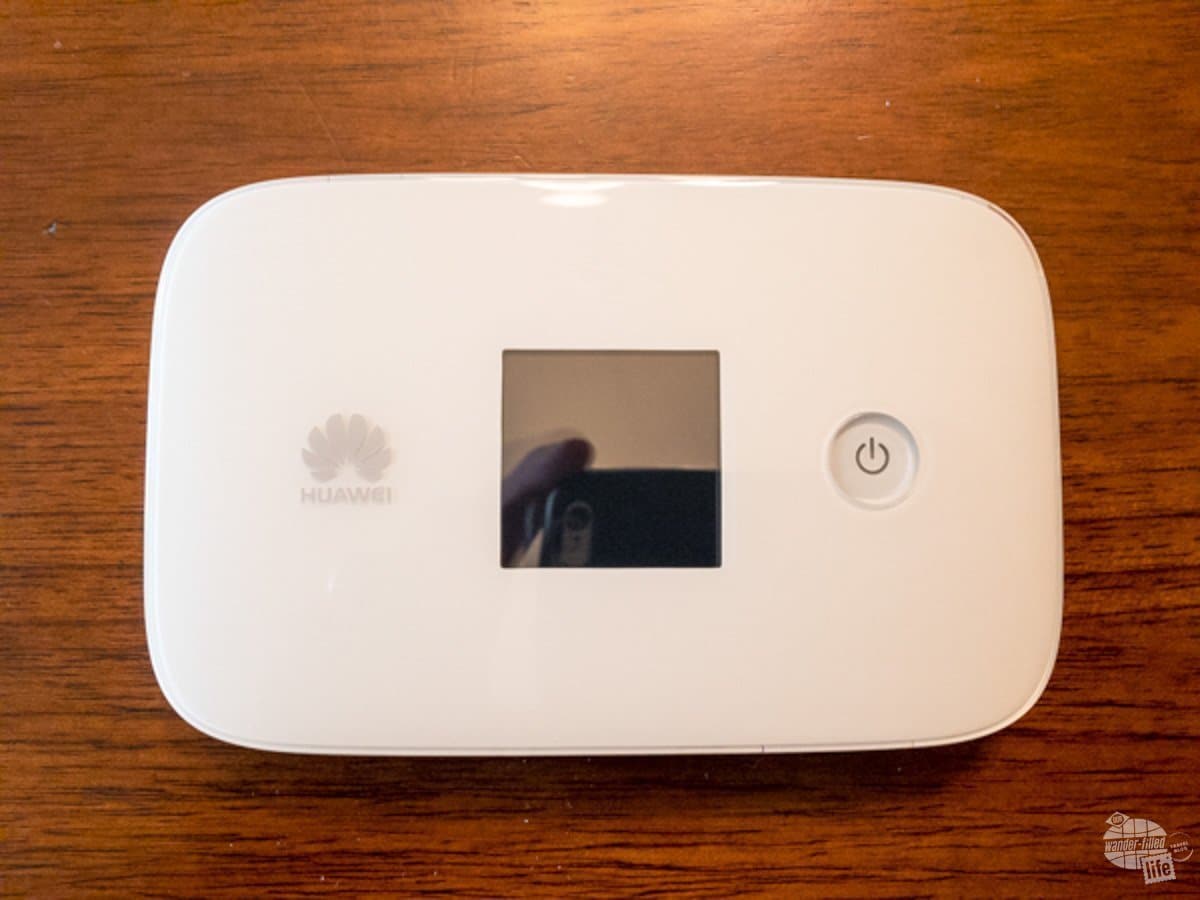
We got two SIM cards from a company called Holiday Phone. I got 2 GB of data for each of our phones, plus 10€ in calling time. We also got 1,000 texts between each other.
I chose to do this because I knew the Italian government had started requiring a coda fiscal (basically, a social security number) for all SIM cards, even prepaid ones and had read about some issues travelers had buying one here.
The SIM cards worked like a champ.
Pro tip: reset the PIN for your SIM to something you can remember. Every time the phone is powered down, it locks the SIM.
On our second trip (2017), I just walked into a Vodaphone store in Verona and bought a prepaid SIM card for our Huawei Hotspot. It was effortless and no coda fiscal needed. That said, things can always change, so do your research before you leave.
I can’t recommend a Huawei hotspot to anyone going forward due to the fact the company is willing to allow the Chinese government to spy on folks through this hardware. We have not bought a replacement for ours. When we do, I will update this post.
By the way: Apple Maps rocks in Italy. It rarely led us astray. That said, paper maps are pretty helpful and won’t drain your battery. We like Popout Maps.
- English (Publication Language)
- 2 Pages – 03/07/2020 (Publication Date) – Pop Out (Publisher)
Understand WiFi is Only Sometimes Available
WiFi is common, but not always free nor is it always good. Many hotels will only give you one login per person, so connecting your phone, tablet and laptop at the same time may not be possible.
If you have good WiFi, take advantage of it! And yes, we have chosen a restaurant based on the fact that it had free WiFi.
Are You Ready?
Visiting Italy, or any European country, will not be too much of a culture shock. Sure, there are a few differences from life in the US, but nothing that is too surprising or difficult to deal with.
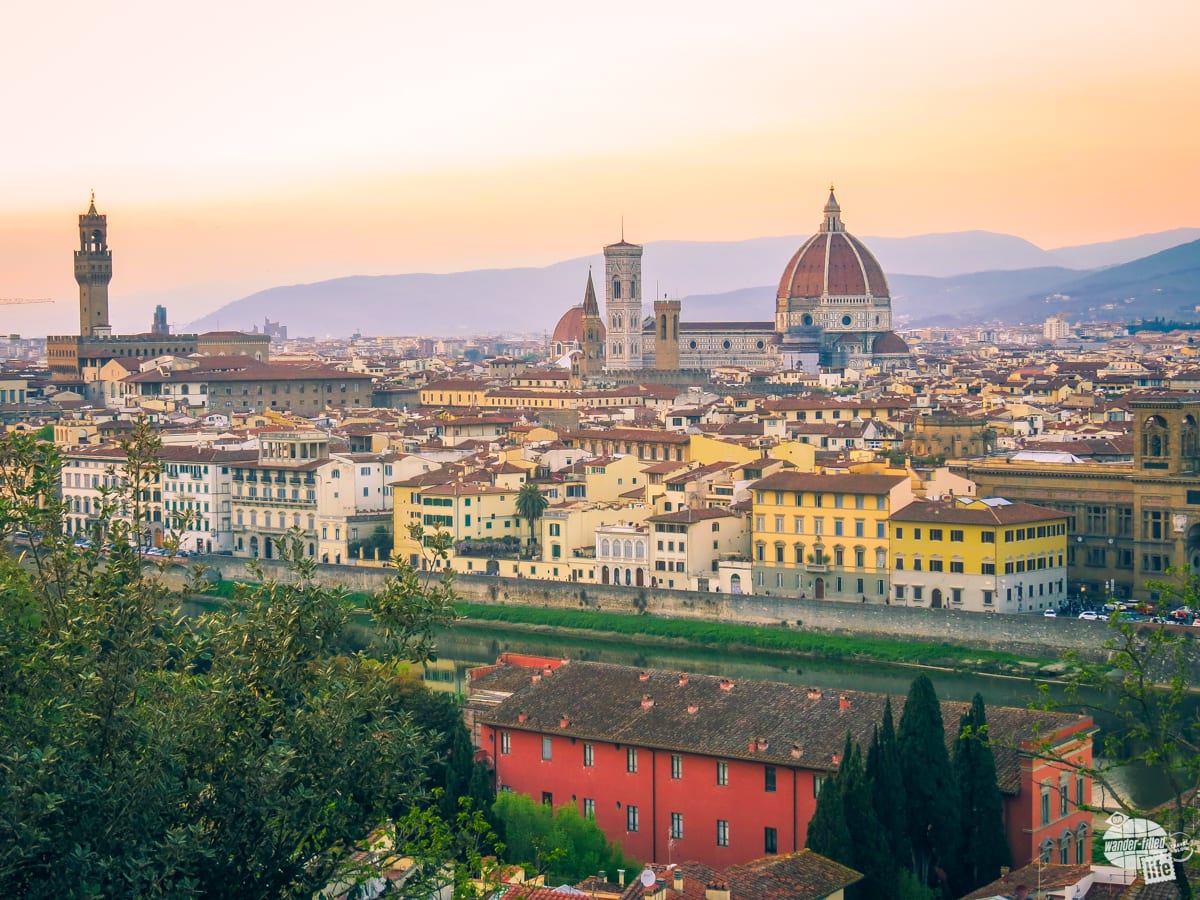
As with any travel, it is experiencing these different cultures and norms that makes the trip interesting. Even with these tips, you are sure to have some unexpected encounters or different experiences. Enjoy it!
Truly, the best part of travel is learning new things and learning to adapt to your surroundings. And, you can always Google anything that you need to so that you don’t feel too confused!
Looking for more information? We have quite a few other articles regarding itineraries for Italy (one week or one month), additional tips and bag reviews with packing suggestions (men and women).
Travel Resources
What do you use to find a flight?
We use Skyscanner to find deals on flights. Skyscanner has a great interface and compares tons of airlines for the best pricing and routing. That said, it does not always have every airline and some airlines will have better deals on their website. Still, Skyscanner is a great place to start.
Click here to search for a flight.
What do you use to find a hotel?
We typically stay at Hilton properties, so we use the Hilton website. You can find good Hilton Honors discounts or AAA discounts for a hotel there. We make great use of our free night certificates from our Hilton Honors American Express.
Click here to book a Hilton property.
If there are no Hilton properties available, we use TripAdvisor to read reviews and book the hotel. We find we can get the best price that way.
Click here to search for a hotel.
We recently partnered with Stay22 to add interactive maps to each of our destination posts. This will allow you to see a plethora of hotels and vacation rentals all in one responsive map of the area.
What if I need more space than I can get at a hotel?
We use Vrbo for the times when we have rented a cabin for a weekend getaway, like this cabin in Townsend, TN, or needed to rent a house for a large family vacation. We had a great experience with them in terms of refunding deposits when COVID hit and will continue to use them.
Click here to search for a vacation rental.
Who do you use for rental cars?
As a general rule, we book with Hertz for rental cars. We have had nothing but good experiences with them. Plus, we really like unlimited mileage and not worrying about crossing state lines. We have even rented from Hertz overseas in both Slovenia and Croatia.
Click here to book a rental car.
How about booking a cruise?
We have found some amazing prices for booking a cruise through Cruise Direct. We have saved a lot of money on our cruises compared to what we found elsewhere, making a last-minute Bahamas cruise even cheaper.
Click here to book a cruise.
What if I want to rent an RV?
We highly recommend Outdoorsy for RV rentals. We rented a camper van for a week to visit Rocky Mountain National Park for the elk rut and Custer State Park for the Buffalo Round-Up and had a blast. The program was easy to use and we really enjoyed the freedom of having a camper van for that trip.
Click here to rent an RV.
What do you use for booking tours?
We don’t often book tours. Typically, we like to do stuff on our own. That said, there are some experiences you can’t have any other way. So, when we do want to book a tour, we always check Viator first.
Click here to book a tour.
Do you use anything to get discounts on the road?
We make extensive use of both Good Sam and AAA on the road. Good Sam is normally regarded as a discount card for RVers at campgrounds and Camping World but anyone can use the 5 cents off a gallon at the pump at both Pilot and Flying J.
Click here to get a Good Sam membership.
We have had AAA as long as we have been married and it has more than paid for itself in discounts at hotels, aside from the peace of mind of having roadside assistance. Add in paper maps and the ability to get an international driver’s license and it is more than worth it for any traveler out there.
Click here to get a AAA membership.
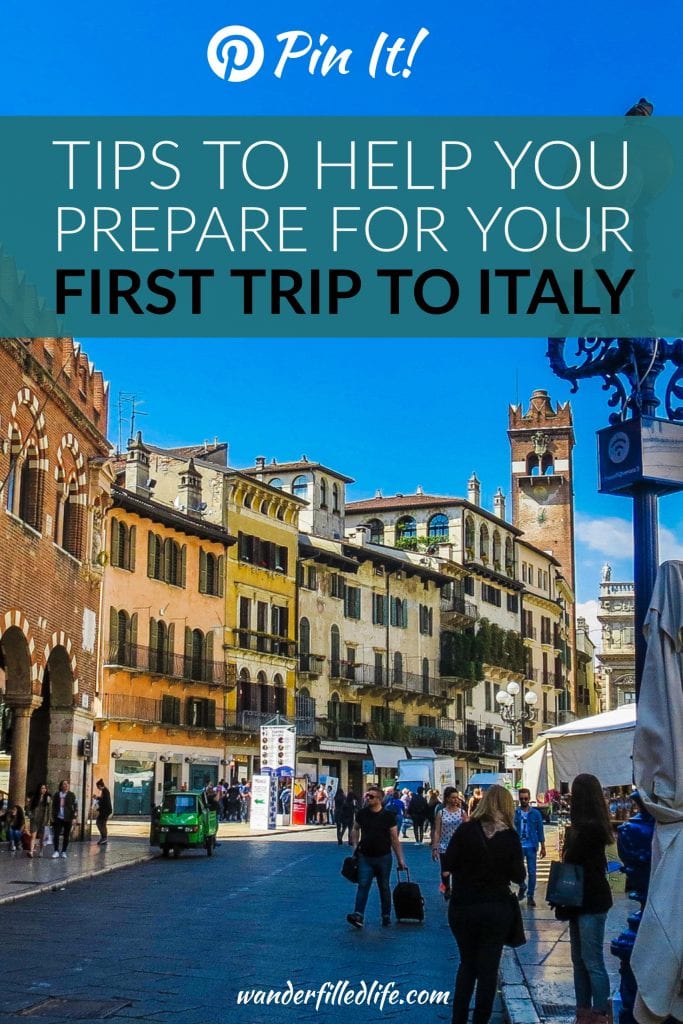



Can you give me an approximate cost for your one month visit to Italy? This is my dream trip. Now, I just have to find a traveling partner.
Hi Louise,
I can tell you exactly how much we spent: $8,195.09, not counting airfare (we used points for the flights). We use an app, Trail Wallet, which allow you to keep track of and categorize your expenses on a trip. We set a daily budget of $300 but spent an average of $264.36 per day. We stayed in comfortable but not budget accommodations and had several nice meals. Please let us know if you have any other questions. That trip to Italy was one of our favorite trips.
Hello Grant and Bonnie: Thanks for this. Great info. I was wondering if you could comment on going to Italy for a month without booking accommodation everywhere and sticking to a planned Itinerary. We would love to just rent a car and travel around taking unexpected stops or venturing where we feel like without a planned itinerary. This has always been the fun of travel for us but we keep hearing Italy is insanely busy now. Do you think this is ridiculous to think of doing this? Thinking of going either early spring or in the fall. Looking forward to your wisdom on this. Christine
Hi Christine,
First, let me say traveling to Italy for a month without an itinerary sounds great! To be fair, we booked our accommodations and transit on the fly. We made a few mistakes that way but had a blast.
Second, I highly recommend NOT renting a car, other than on Sicily. Mass transit is just so good throughout the country, there is no need. If you find yourself needing to go somewhere well away from a train or bus route, just hire a cab to take you.
Lastly, we have been in the spring and had no issues with the weather. Just take plenty of layers to make the variation in temperature work. That said, I would look at a calendar of festivals throughout Italy for when you are planning to go. There are some you may want to attend and need to book in advance. For example, Siena holds the Palio twice per year and I wouldn’t miss that if I could manage it!
I hope that helps!